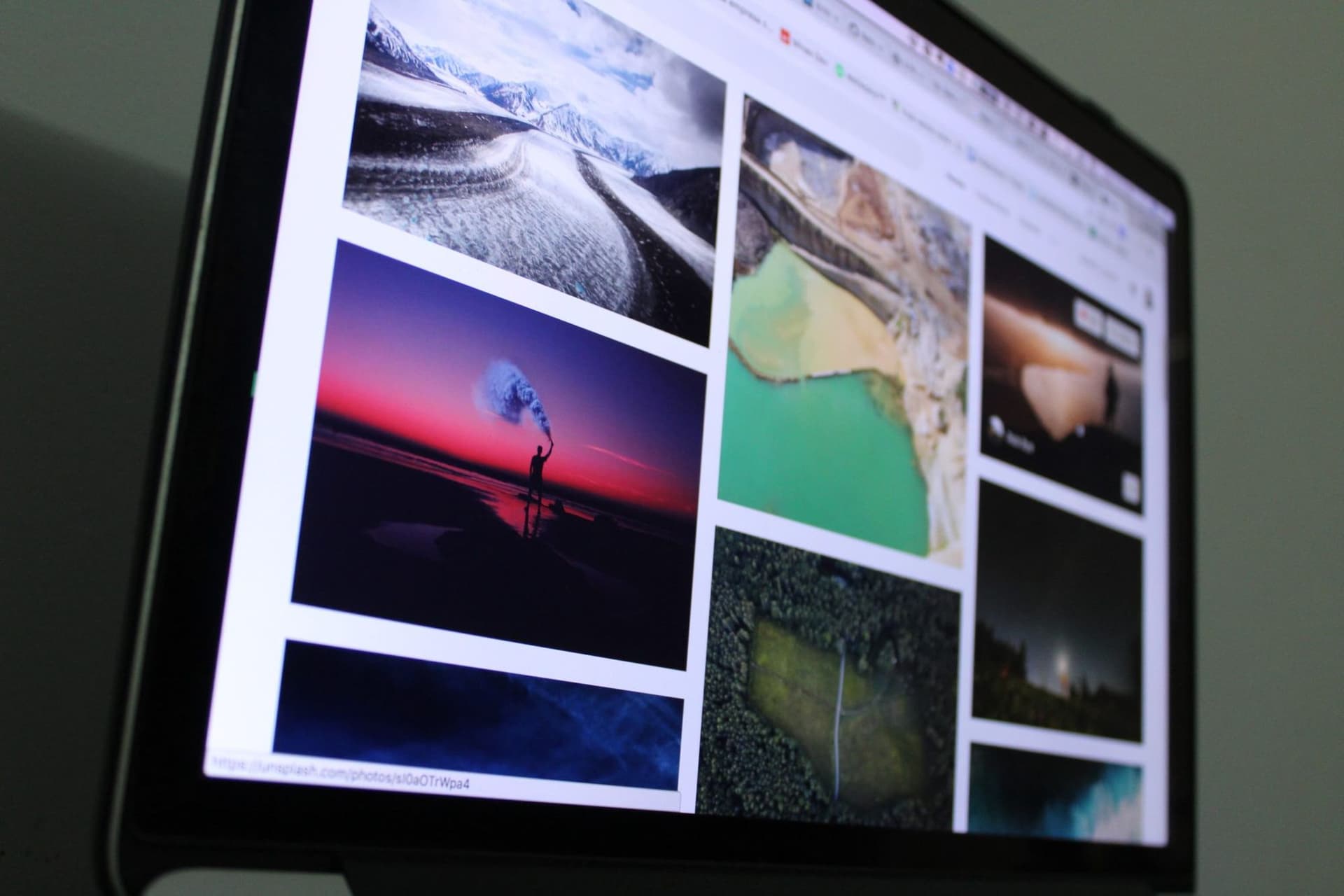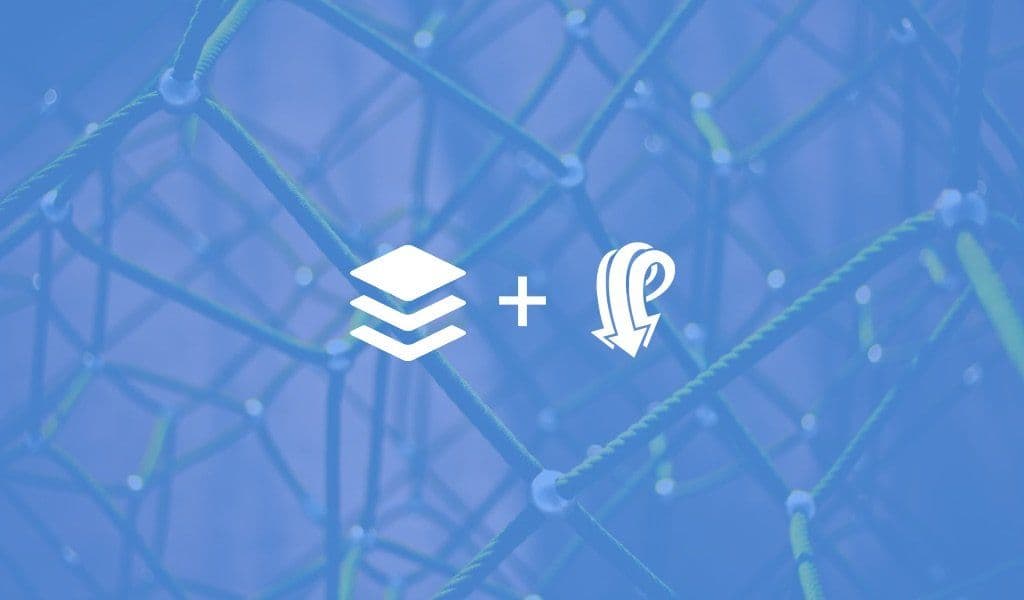
- Topic
- Overflow
- Published
As part of our commitment to transparency and building in public, Buffer engineer Joe Birch shares how we’re doing this for our own GraphQL API via the use of GitHub Actions.
Reading time11 minute read

- Topic
- Overflow
- Published
Learn more about the new feature at Buffer, called Ideas. With Ideas, you can store all your best ideas, tweak them until they’re ready and more.
Reading time6 minute read

- Topic
- Open
- Published
Reading time9 minute read

- Topic
- Overflow
- Published
Reading time4 minute read
- Topic
- Overflow
- Published
Reading time8 minute read


- Published
Reading time1 minute read

- Published
Reading time1 minute read

- Topic
- Overflow
- Published
Reading time4 minute read

- Topic
- Overflow
- Published
Reading time9 minute read

- Topic
- Overflow
- Published
Reading time17 minute read

- Topic
- Overflow
- Published
Reading time4 minute read




- Topic
- Overflow
- Published
Reading time8 minute read

- Topic
- Overflow
- Published
Reading time2 minute read

- Published
Reading time1 minute read

- Topic
- Overflow
- Published
Reading time5 minute read


- Topic
- Overflow
- Published
Reading time13 minute read
